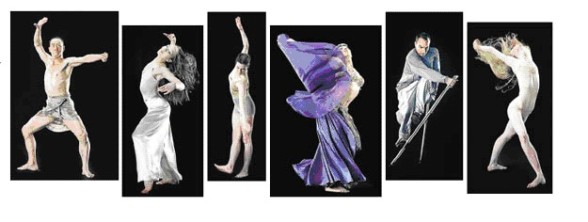There are few architects who are able to successfully blend minimalism and functionality. Japanese architect, Tadao Ando, is one of the few. He is the mastermind behind architectural beauties such as Osaka’s famed Church of Light, high-end shopping mall Omotesando Hills, and Roppongi’s 21_21 Design Sight. In New York, he brought us Morimoto. Working mainly in Japan, Ando is famed for his clean, Modernist buildings.
Recently, Ando has completed one of his latest projects on this side of the Pacific. His new masterpiece is the Stone Hill Center, at the Clark Art Institute in Williamston, MA. True to his roots, Ando brings us another architectural work of art that bridges Japanese simplicity with 20th century Modernism. What makes this, and many of his previous works, noteworthy, is his use of lines and light. In his buildings, Ando utilizes clean geometric shapes that play with the dynamics between shadow and light, creating spaces that feel pristine and zen-like. Most importantly, Ando does not let his minimalist aesthetic interfere with accessibility. He understands that, no matter how beautiful a building is, at the end of the day it must be functional. The linearity of Ando’s walkways and stairs flow seamlessly to create subconsciously simple paths of navigation. With the completion of the Stone Hill Center, Ando has once again brought 20th century Modernism to the 21st century. WU

Visit Ando’s latest masterpiece, the Stone Hill Center, at the Clark Art Institute. 225 South Street, Williamston, MA 01267. 413.458.2303. http://www.clarkart.edu
All photos courtesy of the Clark Art Institute.



